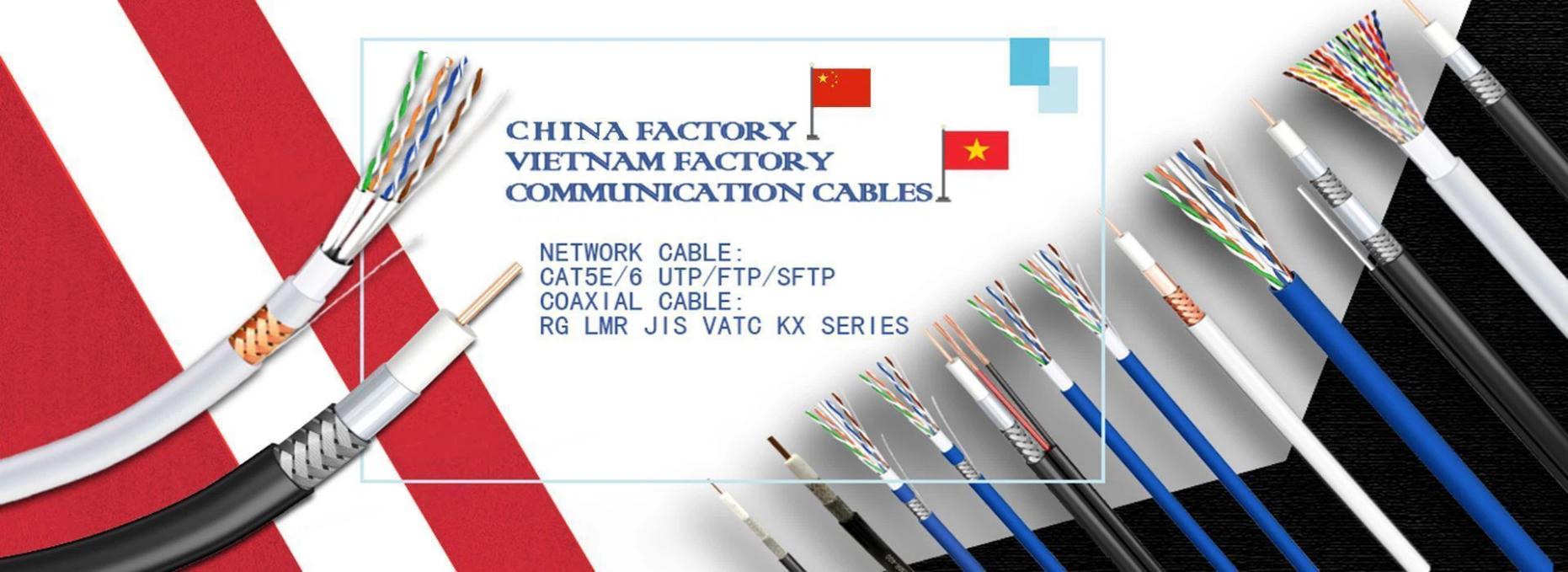Service Conditions of Cables
When a large number of cables are laid in groups, their current-carrying capacity will be reduced due to mutual heat generation. Occasionally, the current-carrying capacity of each unit cross-section is reduced due to the skin effect and proximity effect of large-section cables, so it is sometimes considered to replace large-sized cables with two or more smaller parallel cables. On the other hand, the reduction in the surface area to cross-sectional area ratio of large pieces may result in their poor heat dissipation. In the case of multiple cables in parallel, special attention should be paid to the relative position to reduce the effect of uneven distribution of their current carrying capacity. For those laid in underground pipes, when using the load factor, the heat capacity of the pipe group and the average heat of the surrounding soil should be considered. The subsurface temperature varies with the average heat. This means that the allowable upper short-time load factor is the ratio of the average load to the top load, usually based on a 24/7 average load measurement. The maximum load usually refers to the average value of the maximum load that occurs in 0.5 to 1 hour in a 24-hour period.
For buried cables, the average surface temperature can be limited between 0°C and 60°C depending on soil conditions to prevent soil moisture loss and thermal breakdown. The current-carrying capacity of the cable must be reduced when:
1. The cable is close to the load or heat source.
2. The ambient temperature exceeds the current carrying capacity limit.
The normal ambient temperature of the cable unit refers to the temperature at the fixed position of the cable with no load. A thorough understanding of this particular temperature is necessary to properly confirm the specification of a fixed charging cable. For example, the ambient temperature of the cable when it is laid separately from other cables in the air refers to the temperature before it is loaded. For cables in the air, assuming there is enough room for them to dissipate heat, the house should not be heated. If the above conditions are specified correctly, the following environmental conditions can be used to calculate the ampacity of the cable.
